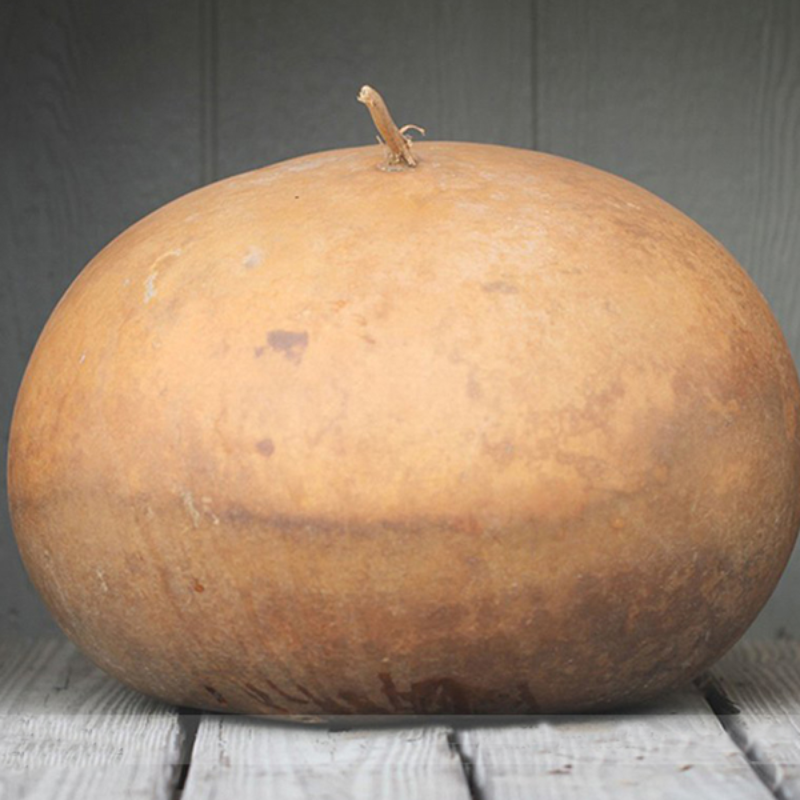- Species and varieties: Lagenaria siceraria, commonly known as basket gourd, belongs to the Cucurbitaceae family. It has several varieties, including the bottle gourd, calabash gourd, and birdhouse gourd. These varieties differ in shape and size, but all belong to the same species.
- Hybrid or heirloom: Basket gourd seeds can be both hybrid and heirloom. Heirloom varieties are open-pollinated and have been passed down through generations, while hybrid varieties are bred for specific traits such as disease resistance or improved yield.
- Pruning and training: Pruning is not typically necessary for basket gourd, but training the vines on a trellis or support structure can help manage growth and improve air circulation. This can also prevent the fruits from touching the ground, reducing the risk of rot and pest damage.
- Fertilization needs: Basket gourd benefits from a balanced fertilizer applied at planting and during the growing season. A 10-10-10 (N-P-K) fertilizer is recommended. Additionally, incorporating compost or well-rotted manure into the soil can provide essential nutrients and improve soil structure.
- Hardiness zones: Basket gourd is suitable for USDA hardiness zones 2-11. It is a warm-season crop that thrives in temperate to tropical climates.
- Climate requirements: Basket gourd requires a warm growing season with temperatures between 70-85°F (21-29°C). It needs full sun exposure and well-drained soil with a pH of 6.0-7.5. The plant is sensitive to frost and should be planted after the last frost date in spring.






